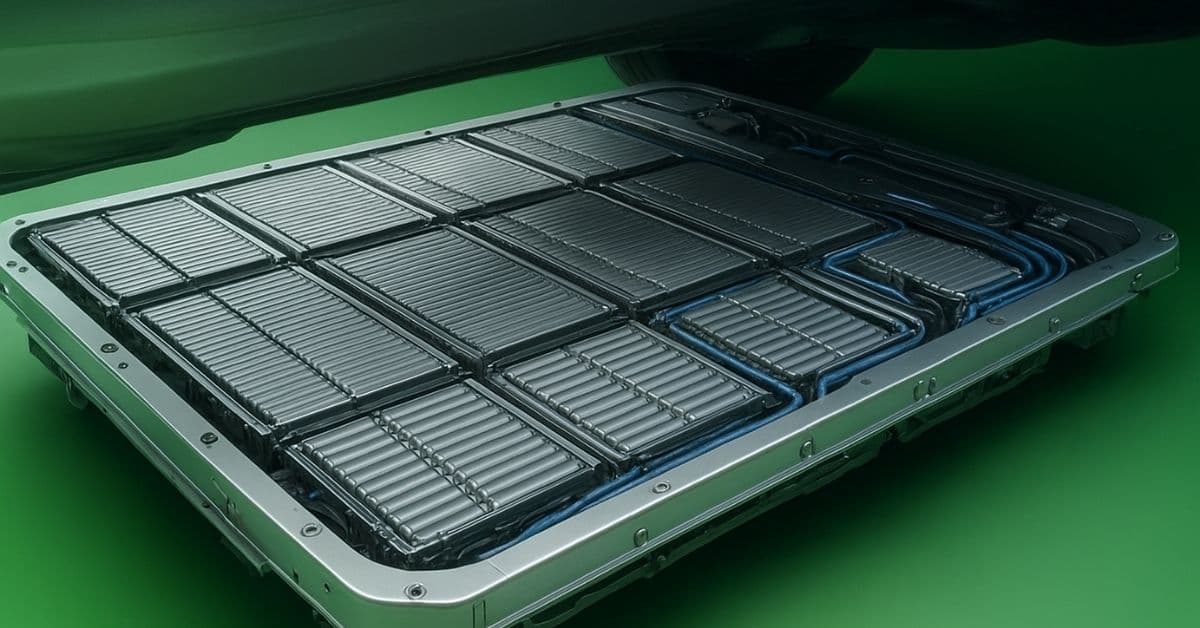Tesla's electric vehicles have been making waves in the automotive industry with their exceptional performance, range, and innovative features. For those who have recently joined the Tesla family or are considering purchasing one, optimizing the driving experience, especially when it comes to speed, is a topic of great interest. Tesla models, from the Model 3 to the Model S and beyond, offer incredible acceleration capabilities, thanks to their electric powertrains. However, navigating the best ways to harness this power while ensuring safety and efficiency can be a challenge. Here are five tips to help Tesla owners get the most out of their vehicle's speed capabilities.
Key Points
- Understanding the different driving modes available in your Tesla, such as Chill, Standard, and Sport, to tailor your driving experience to your preferences.
- Learning how to use Launch Mode for maximum acceleration, but being aware of its limitations and safety considerations.
- Customizing your regenerative braking settings to improve driving dynamics and efficiency.
- Utilizing Tesla's Autopilot and Full Self-Driving (FSD) features to enhance safety and convenience during high-speed driving.
- Regularly updating your vehicle's software to ensure you have the latest performance enhancements and safety features.
Mastering Driving Modes for Optimal Speed

Tesla vehicles come equipped with various driving modes designed to cater to different driving styles and preferences. The Chill mode is perfect for a relaxed, everyday driving experience, offering a smoother acceleration curve. On the other hand, the Standard mode provides a balanced driving experience suitable for most conditions. For those who crave a bit more excitement, the Sport mode (available in certain models) tightens up the suspension, enhances the throttle response, and prepares the vehicle for more spirited driving. Understanding and choosing the right mode can significantly impact how you experience speed in your Tesla.
Unlocking Launch Mode for Maximum Acceleration
For the ultimate acceleration experience, Tesla’s Launch Mode is unparalleled. By enabling this feature, you can unlock your vehicle’s maximum potential, achieving 0-60 mph times that rival some of the world’s fastest production cars. However, it’s crucial to use Launch Mode responsibly and in appropriate conditions. Ensure you’re in a safe, open area, free from traffic and obstacles, and always wear your seatbelt. Moreover, be mindful of the wear and tear on your vehicle’s components, as repeated use of Launch Mode can have long-term effects on the battery and drivetrain.
| Tesla Model | 0-60 mph Time (Launch Mode) |
|---|---|
| Model 3 Performance | 3.2 seconds |
| Model S Plaid | 2.0 seconds |
| Model X Plaid | 2.5 seconds |

Customizing Regenerative Braking for Better Driving Dynamics

Regenerative braking is a key feature of electric vehicles, allowing them to capture kinetic energy and convert it back into electrical energy, thereby increasing efficiency. Tesla vehicles offer adjustable regenerative braking settings, which can be customized to suit your driving style. By adjusting these settings, you can influence how aggressively your vehicle brakes when you lift off the accelerator, affecting both efficiency and driving dynamics. Finding the right balance can enhance your overall driving experience, especially at high speeds.
Enhancing Safety with Autopilot and Full Self-Driving (FSD) Features
Tesla’s Autopilot and FSD features are designed to enhance safety and convenience, particularly during high-speed driving on highways. These advanced driver-assistance systems (ADAS) can help maintain your speed, keep you in your lane, and even change lanes for you. While these features are not meant to replace human drivers entirely, they can significantly reduce driver fatigue and improve safety by mitigating the risk of accidents caused by human error. Regular software updates often bring improvements to these systems, making them more adept at handling complex scenarios.
In conclusion, getting the most out of your Tesla's speed capabilities involves understanding and utilizing the various features and modes available. From mastering driving modes and regenerative braking to safely using Launch Mode and leveraging Autopilot and FSD, there's a wealth of technology at your fingertips designed to enhance your driving experience. Always remember to drive safely and responsibly, enjoying the exceptional performance your Tesla has to offer while adhering to road laws and conditions.
How do I activate Launch Mode in my Tesla?
+To activate Launch Mode, ensure your vehicle is in Sport mode, then hold down the brake pedal with your left foot and the accelerator with your right foot until you see the “Launch Mode” notification on your screen. Release the brake while keeping the accelerator pedal pressed down to engage Launch Mode. Always refer to your owner’s manual for the most accurate and up-to-date instructions.
Can I customize the regenerative braking in my Tesla Model 3?
+Yes, you can adjust the regenerative braking settings in your Tesla Model 3 through the touchscreen. Go to Controls > Pedals & Steering, and then select your preferred level of regenerative braking. You can choose between “Standard” and “Low” regen, with Standard providing a more aggressive regenerative braking feel and Low offering a more traditional, gasoline-car-like experience.
Is Autopilot available in all Tesla models?
+Autopilot is a standard feature in all new Tesla vehicles, including the Model 3, Model S, Model X, and Model Y. However, the availability of certain Autopilot features, such as Navigate on Autopilot or Auto Lane Change, may depend on the trim level, options chosen, and the region in which the vehicle is operated. Additionally, Tesla continuously updates its software, so it’s essential to check your vehicle’s specifications and any software updates for the latest information on available Autopilot features.
